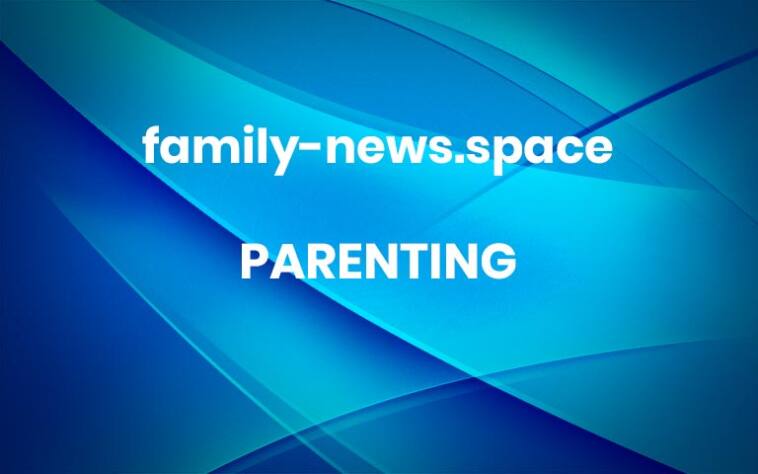Good Conversation Starters For Teens And Parents
Talking to teens about relationships can feel a bit weird. Talking to your teen about sex can feel even more awkward. However, having open conversations with our children is so important to supporting them emotionally and to keeping them safe. Conversation starters are questions or topics used to initiate a conversation or keep it going. […]
The post Good Conversation Starters For Teens And Parents appeared first on Family Focus Blog. More


